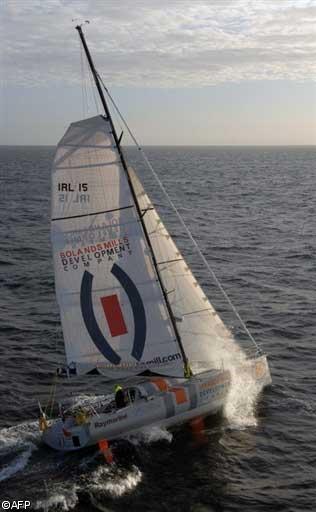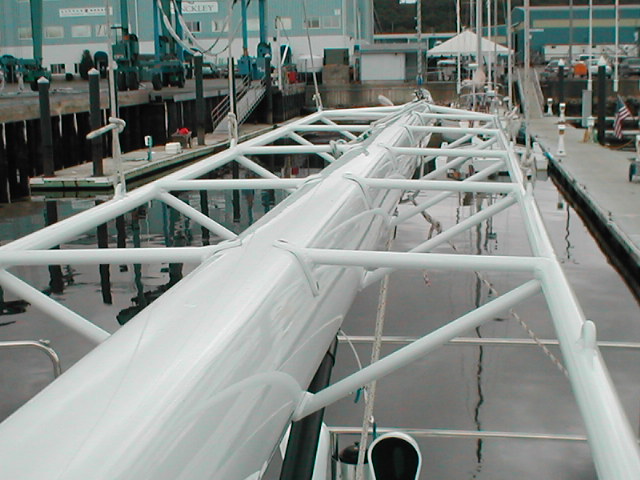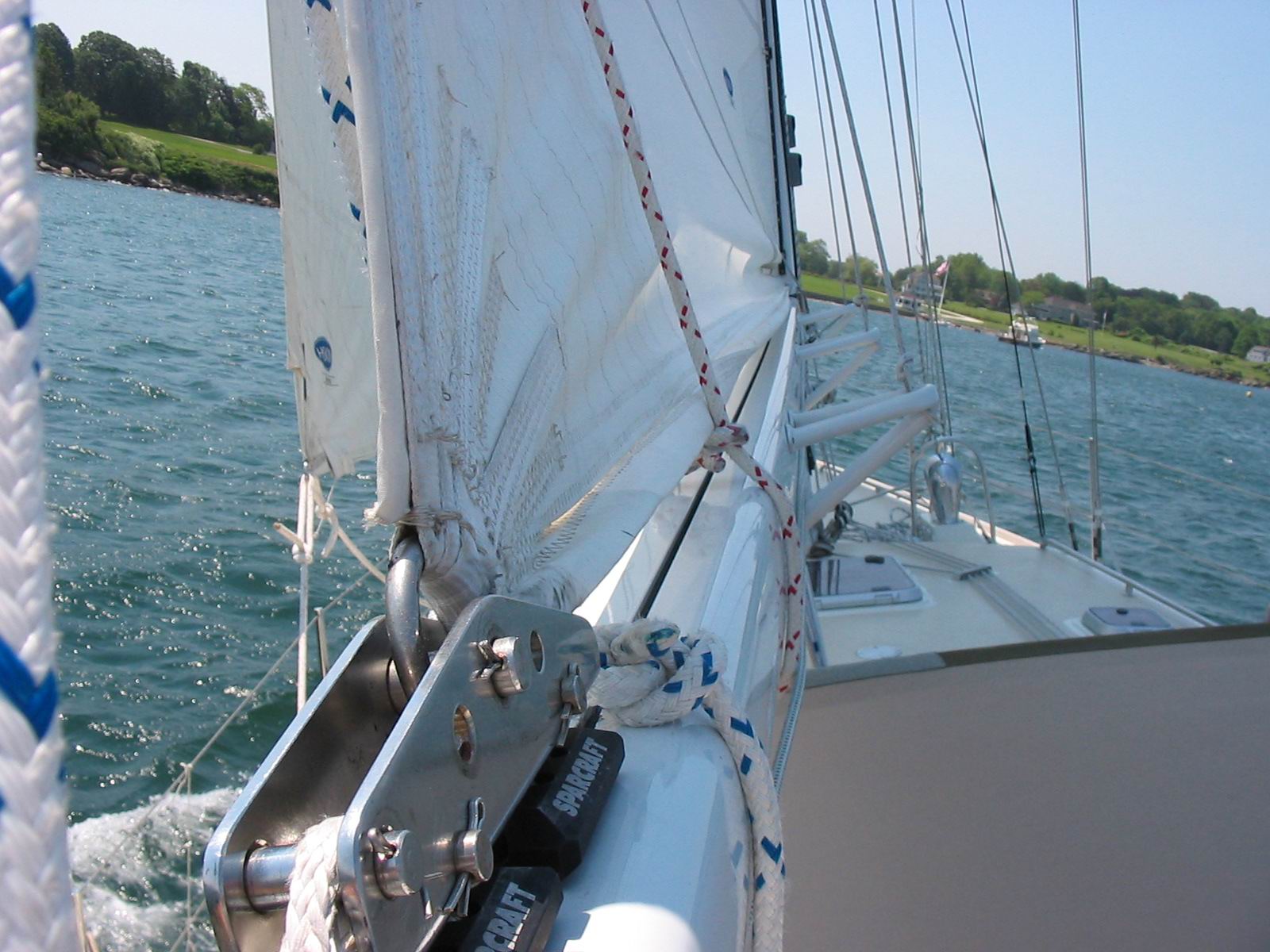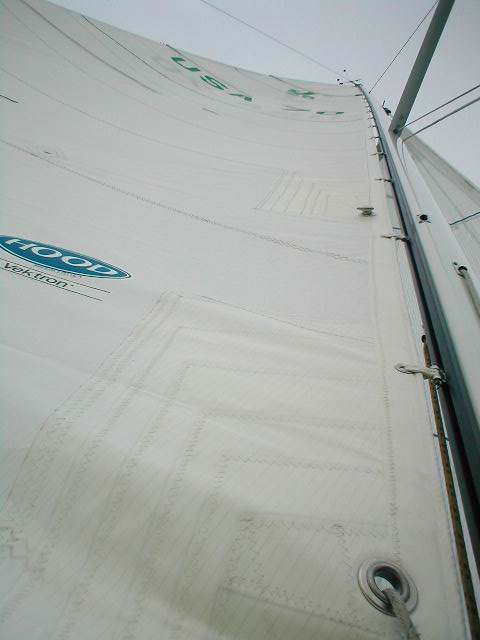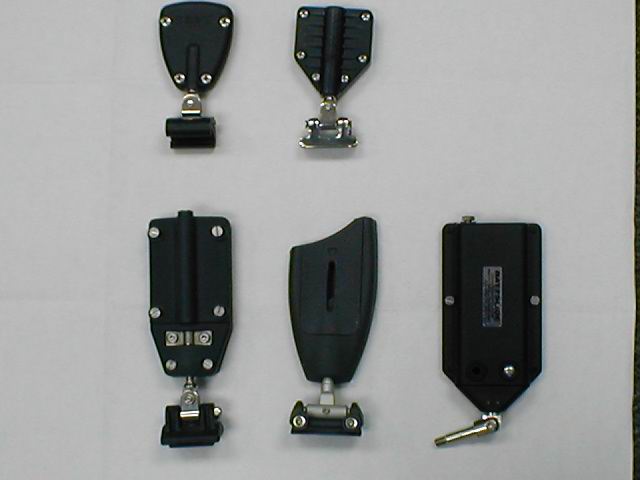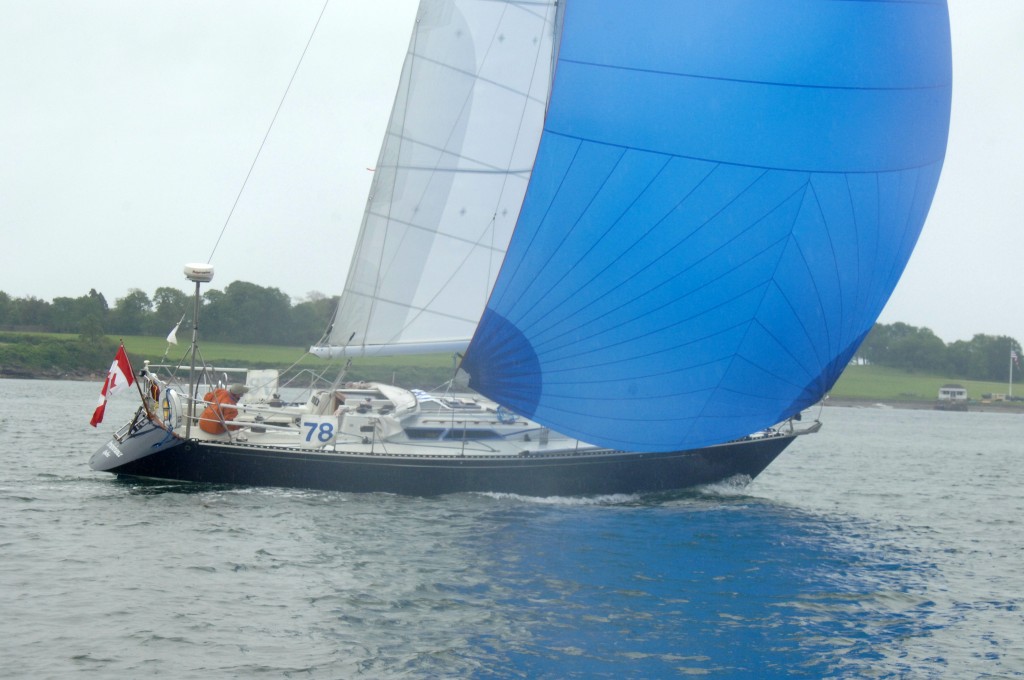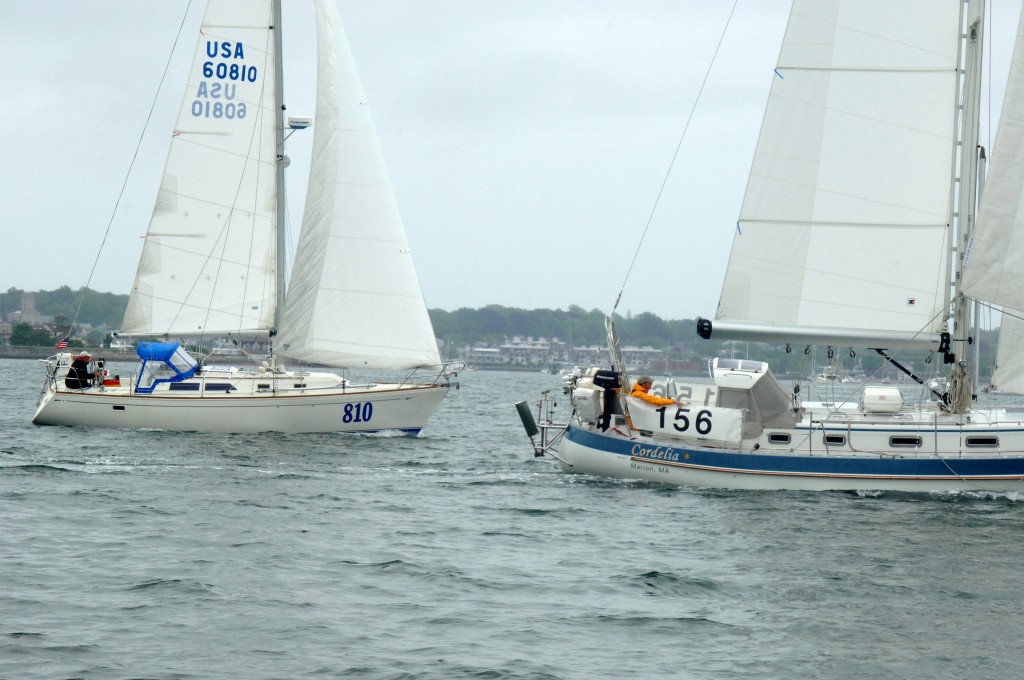YES, NO, MAYBE, WHY?
The subject of full length battens and whether or not you and your boat need them is one of the longer discussions sailmakers and their customers have. Like much else around the boat, there are plusses & minuses and maybes’ and what if’s. This series is intended to outline the various issues to be contemplated when you get the idea to have full length battens on your boat or new sail.
Briefly
What they can do:
a) Full length battens can support a more pronounced roach than a sail without full length battens.
b) They can be retrofitted to revive the shape in an older sail
c) They can make the mainsail “smoother” minimizing bumps, creases or hard spots at the forward end of short battens
d) Maybe easier to flake and fold
e) They can make capturing the sail as it is lowered less of a dance IF the boat has either a Dutchman OR a dedicated Lazy Jack’s system designed for the sail
f) Reduce drag at the top of the spar, square head only
g) They make the sound of the sail flapping less loud which has its own many benefits above the longevity of the sail fabric.
Issues to consider:
a) Make the sail jump into its kennel all by itself–NOT
b) Rating issues (if you do any kind of racing, an “oversized” mainsail will get a new handicap allowing for the perceived speed gain) with oversize roach, except when purely cruising or sailing open classes.
c) Are they really faster as some have remarked?
d) In the case of the large roach/square head sail the compression on the luff from the batten is considerable.
e) Chafe esp. with aft swept spreaders. Also the batten pocket OR sail will chafe where the batten crosses the lee rigging when sailing down wind. It is perfectly possible to saw a hole through a sail overnight (I have inspected a sail so damaged) if this is not either addressed on the boat or in the construction phase of the sail.
f) Whether to employ luff loading batten pockets or not. By this device the battens are inserted in the luff end of the sail with the leech end sewn shut thus making it really hard, as in you must really try to shake the batten out of the back of the sail. Much harder but not impossible.
g) The larger the boat (mainsail) the more likely the sail needs low friction track and cars.
h) Additional costs related to the detailing on the sail and the cost of the hardware.
i) Value versus regular length battens
j) Potential for damage when sailing-Like an all standing gybe where the sail lands up against the formerly windward runner usually with a great shock.
k) The material from which the battens are made, there are mainly three flavors.
l) Carrying spare (battens and parts) on voyages including the stowage on board, the shipping if necessary, the ease with which a long batten can be removed from the sail if the batten breaks
m)
Batten sliding systems
There are two categories:
- Those using a dedicated track and
- Those that do not have a dedicated track but rather the “cars” run in the mast’s original track/groove.
Within “A”: there are two sub-decisions, ball bearing cars and slider cars without bearings.
Within “B” there is one variation from the almost universal use of simply some kind of slippery plastic and that is a car that has bearings incorporated into the car itself. I am aware of only two products that fit this last description.
Components
There are three components to the fully battened system.
- The “cars” these may be simply a beefier version of the sail slug/slide the sailmakers might use anyway on a small boat’s mainsail. OR on bigger installations with ball bearing cars they are substantial pieces of engineering.
- The “batten box”, aka batten receptacle. The device into which the forward end of the batten is captured. This is in turn attached to the car by:
- Toggle”, aka universal. This can be as simple as webbing on a small sail or as complex as an unlimited multi axis universal ball joint on bigger hardware/boats.
There are of course all manner of small parts, screws bolts, nut, balls or slider inserts that are included in the various parts outlined above, but you get the idea
Do I want them or not?
Considering all the above the rational human would surely ask him/herself do I really want this headache versus what will I gain from having full length battens?
Read on.

